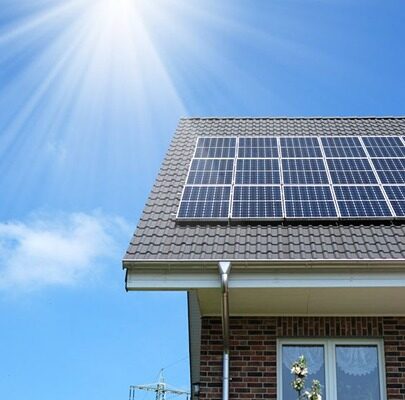Appeal of Wooden Houses with Pros and Cons
Wooden houses offer a compelling alternative to traditional brick and concrete homes, providing both ecological and economic benefits. The use of wood in construction not only harnesses the natural beauty of this material but also contributes positively to the environment. In addition to being made from natural, non-petroleum materials, these homes are recyclable, biodegradable, and are widely recognized as ‘ecological’ due to their sustainable characteristics.
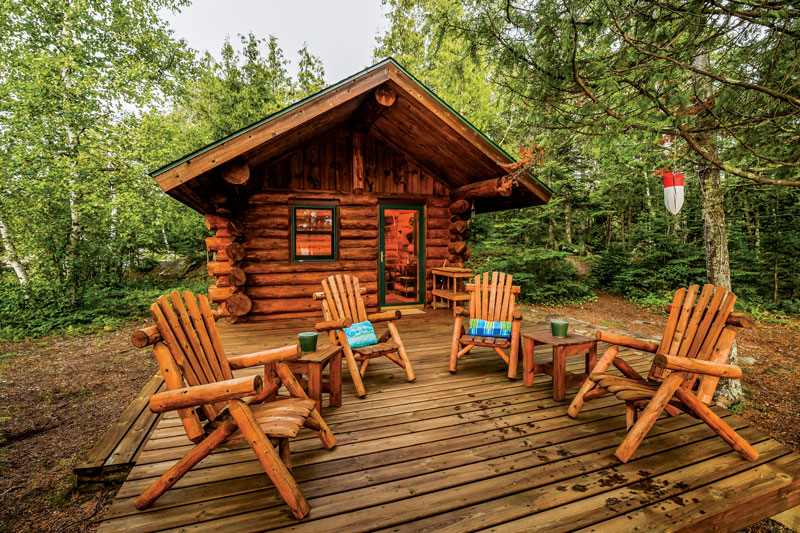
Environmental Benefits
Wood used in sustainable construction is sourced from certified suppliers who practice responsible logging. These manufacturers ensure that for each tree they fell, new trees are planted, maintaining a balance between resource utilization and reforestation. By using certified wood, these homes actively support the preservation of forests and promote sustainable practices.
Wood also offers significant environmental advantages compared to conventional building materials. Constructing with wood requires less energy and has a lower environmental impact, resulting in a smaller carbon footprint. One notable benefit is that wood naturally absorbs CO2, aiding in the reduction of greenhouse gases and mitigating climate change.
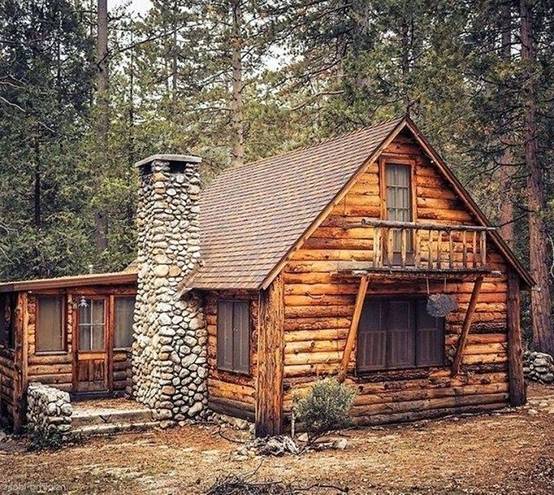
Types of Wooden Houses in Sustainable Construction
House Made of Logs
This type of wooden house is built or assembled directly on the plot using logs, which give the structure a characteristic appearance. The thickness of the logs acts as an excellent regulator of interior humidity and temperature. Square logs, which fit together tightly, can be utilized for enhanced structural integrity.
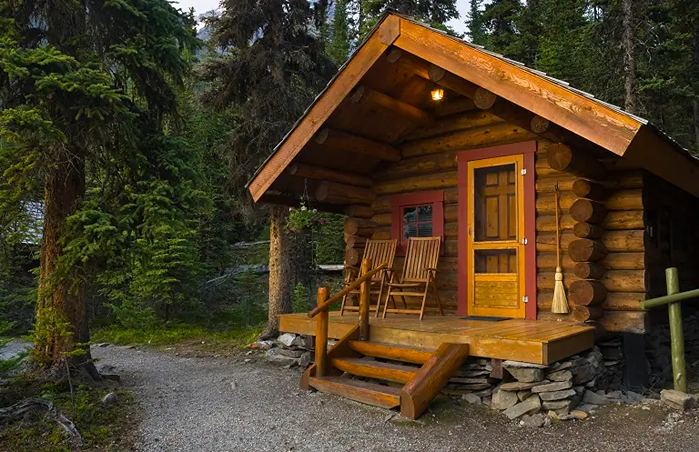
Heavy Wooden Framework
In this system, wooden beams are interconnected to create the framework of the house. The sturdy construction allows for the incorporation of large glass window surfaces, providing ample natural light and a seamless integration with the surroundings.

Light Wooden Framework
The light wooden framework is the most prevalent alternative and commonly used in residential houses. It involves the use of numerous small components that facilitate the construction of modular units, interchangeability, and pre-manufacturing. This approach offers flexibility and adaptability in the design and construction process.

Mobile Houses
Mobile houses are pre-fabricated structures assembled in the factory and transported to their final destination in large sections. Depending on the desired size, these houses can be constructed as a single unit or divided into multiple sections. The walls of these houses can be made of finished wood or other types of finishing, offering a wide range of aesthetic options.
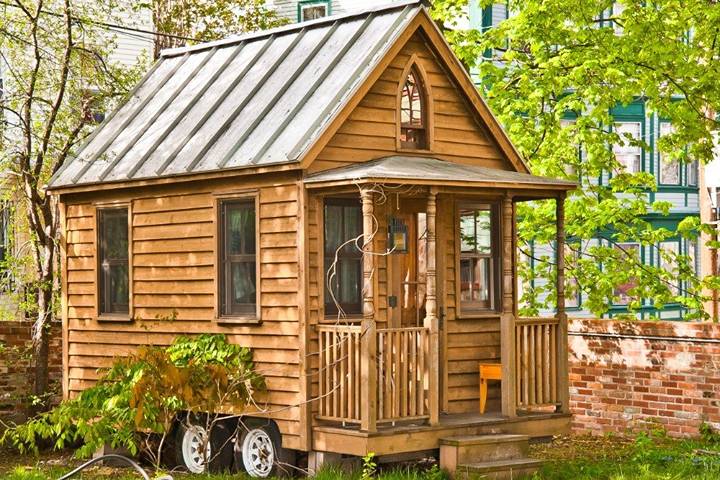
Advantages of Wooden Houses: A Sustainable and Cost-Effective Choice
Thermal Efficiency and Energy Savings
Wooden houses offer significant advantages in terms of thermal insulation. Unlike traditional materials, wood does not act as a thermal bridge but instead provides insulation, effectively keeping the house cool in the summer and warm in the winter. This unique property makes wooden houses highly sustainable constructions. Studies have shown that homeowners can experience savings ranging between 50% and 60% per year in heating and air conditioning costs compared to traditional homes.
Noise Insulation and Temperature Regulation
The walls of wooden houses incorporate materials that not only provide insulation against outside noise but also contribute to temperature regulation. Various ecological materials can be used, such as rock wool, lamb wool, or recycled cotton, all of which are oil-derivative-free. These materials help maintain a steady indoor temperature, ensuring comfort while reducing reliance on energy-consuming heating or cooling systems.
Versatile and Low-Maintenance Finishing Material
Wooden houses offer a wide range of options for finishing materials. Whether it’s pressed wood, natural stone, artificial stone, tile, shale, or other materials, the choice is diverse. This versatility allows homeowners to select materials that suit their preferences while minimizing the need for construction maintenance. The selection of durable and low-maintenance finishing materials contributes to the longevity and sustainability of wooden houses.

Longevity and Reduced Maintenance
Within the family of wooden houses, Canadian houses stand out as a notable example. Unlike pre-manufactured wooden houses, Canadian houses are built to last longer than traditional homes and require less maintenance. The construction techniques employed in Canadian houses ensure exceptional durability, making them a wise long-term investment for homeowners seeking a sustainable and low-maintenance dwelling.
Cost-Effectiveness and Efficient Construction
Wooden houses offer not only environmental benefits but also cost advantages over traditional concrete and brick homes. The efficient construction methods associated with wooden houses enable faster building processes, reducing construction time significantly. Moreover, wooden houses are estimated to be approximately 30% cheaper than their concrete and brick counterparts. This cost-effectiveness makes wooden houses an attractive option for individuals looking to achieve their dream home while staying within budget.
Disadvantages of Wooden Houses: Considerations and Limitations
Maintenance and Material Condition
One of the primary considerations with wooden houses is ensuring that the material remains in perfect condition. It is crucial to be cautious of excessively humid wood, as it can be susceptible to rot. Regular inspections and proactive measures are necessary to address any potential issues and maintain the structural integrity of the house.
Insect Infestation and Wood Damage
Wooden houses are vulnerable to insect infestation, particularly by termites or dust beetles, which can create holes in the wood. These infestations can compromise the durability and longevity of the house, potentially requiring extensive renovations or repairs to address the damage. Vigilance and preventive measures are essential to minimize the risk of insect damage.
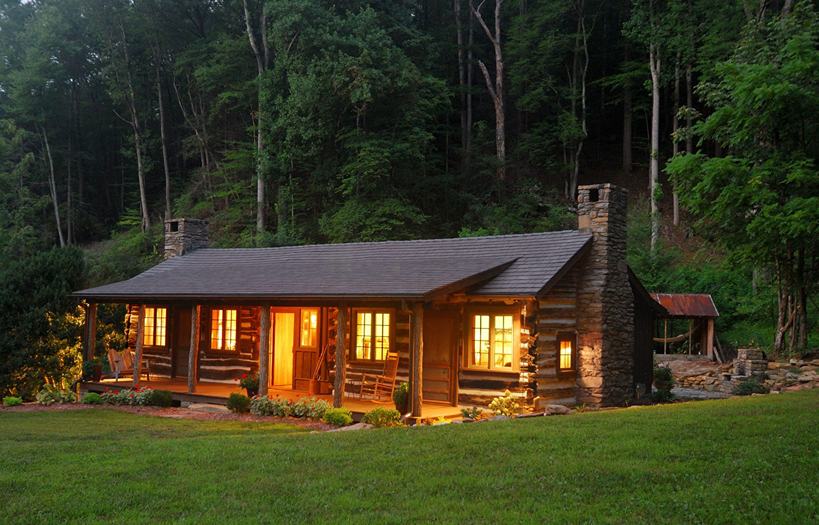
Ongoing Maintenance Requirements
Wooden houses necessitate periodic maintenance to preserve their appearance and functionality. This includes exterior painting, gap sealing, and other maintenance tasks. Regular inspections and proactive maintenance efforts are essential to prevent issues and ensure the longevity of the wooden house. While maintenance requirements are manageable, they should be taken into account when considering a wooden house as a housing option.
Limitations in Accessibility and Sustainability
Wooden houses may not be a viable choice for the entire population due to various factors. Firstly, the materials used in wooden construction may not be readily available or affordable in all regions, limiting accessibility. Additionally, wooden houses typically require more space compared to high-density urban areas, which can pose challenges in regions facing overpopulation issues. From a sustainability perspective, the widespread adoption of wooden houses might not be feasible due to limitations in resources and land availability.
Dispelling Myths about Wooden Houses: Sustainable Construction Facts
Durability
Contrary to popular belief, wooden houses can exhibit remarkable durability. While some solid concrete houses may require demolition after just 40 years, there are examples of wooden homes in northern European countries that have stood for over two centuries. These long-standing wooden houses demonstrate that with proper maintenance and care, wood can be a durable and resilient construction material.
Fire Safety
Concerns about fire safety in wooden houses are often exaggerated. The majority of house fires are caused by items inside the home, such as improperly extinguished cigarette butts or electrical malfunctions. In such cases, the primary items that catch fire are the furnishings and belongings within the house, regardless of its construction material. If a fire does occur, wood burns slowly, providing additional time for residents to evacuate and for emergency services to respond. In contrast, high temperatures in concrete houses can lead to structural damage and potential collapse, making rapid evacuation necessary.
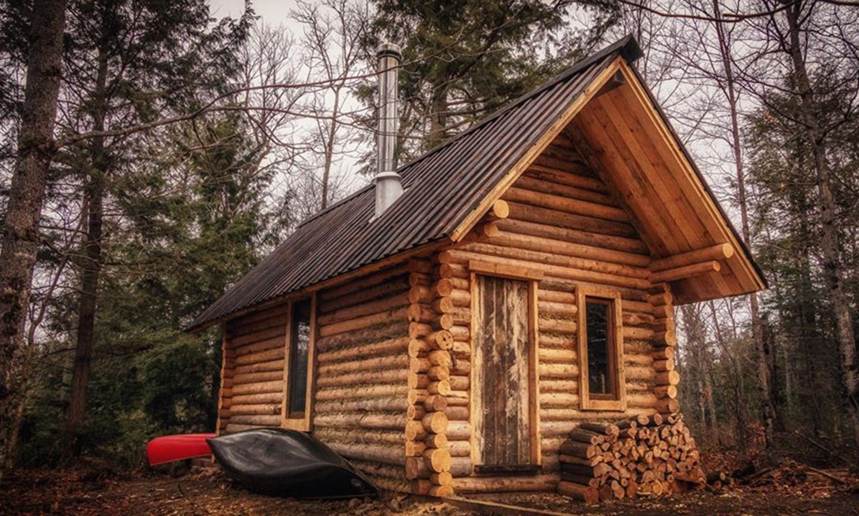
Environmental Considerations
Wooden houses offer significant environmental benefits beyond their durability and fire resistance. They contribute to energy savings due to their excellent thermal insulation properties, reducing the reliance on heating and cooling systems. Additionally, wood is a recyclable material, allowing for reduced waste generation and promoting sustainable practices. When comparing the prices of wooden houses to traditional homes, considering the long-term energy savings and use of recyclable materials, the value proposition of wooden houses becomes even more appealing.
Sustainable Choice worth Considering
Considering the energy savings, recyclability of materials, and the potential cost advantages compared to traditional homes, it is worth giving serious consideration to wooden houses as a sustainable housing option. Debunking myths about their durability and fire safety, wooden houses can indeed be a viable and environmentally conscious choice. By embracing sustainable construction practices, such as utilizing responsibly sourced wood and implementing proper maintenance, wooden houses can contribute to a greener and more sustainable future.

